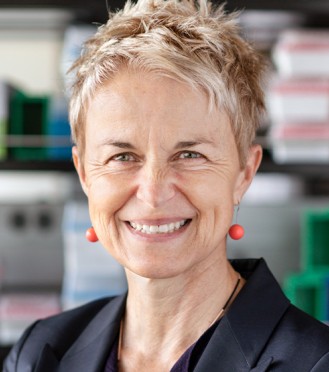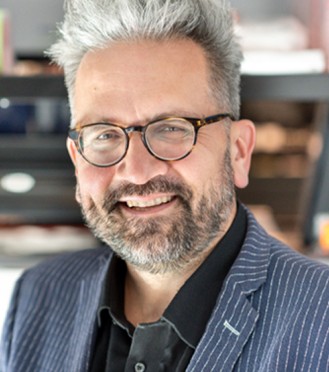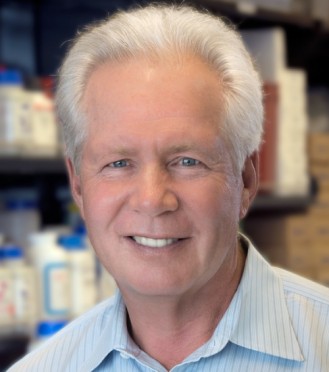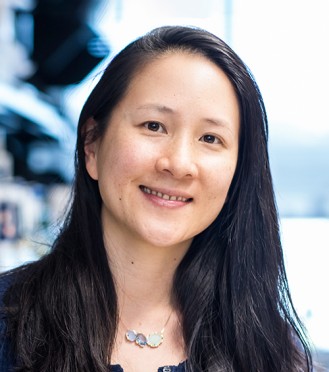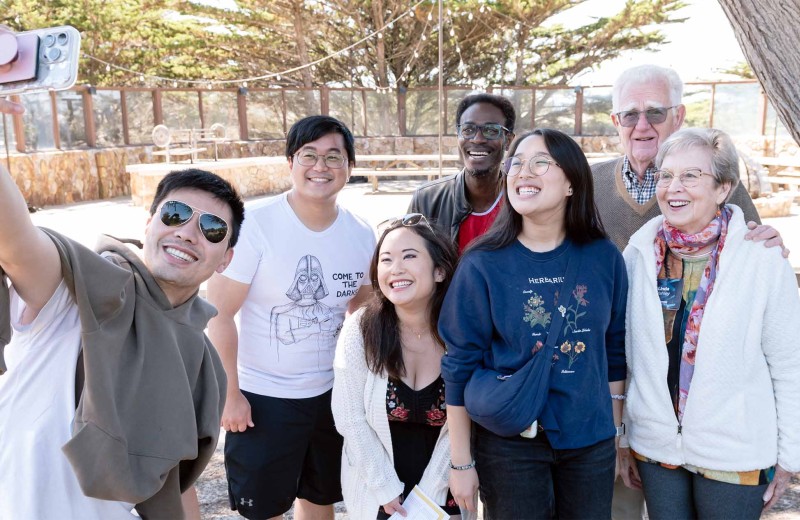Gladstone NOW: The Campaign Join Us on the Journey✕
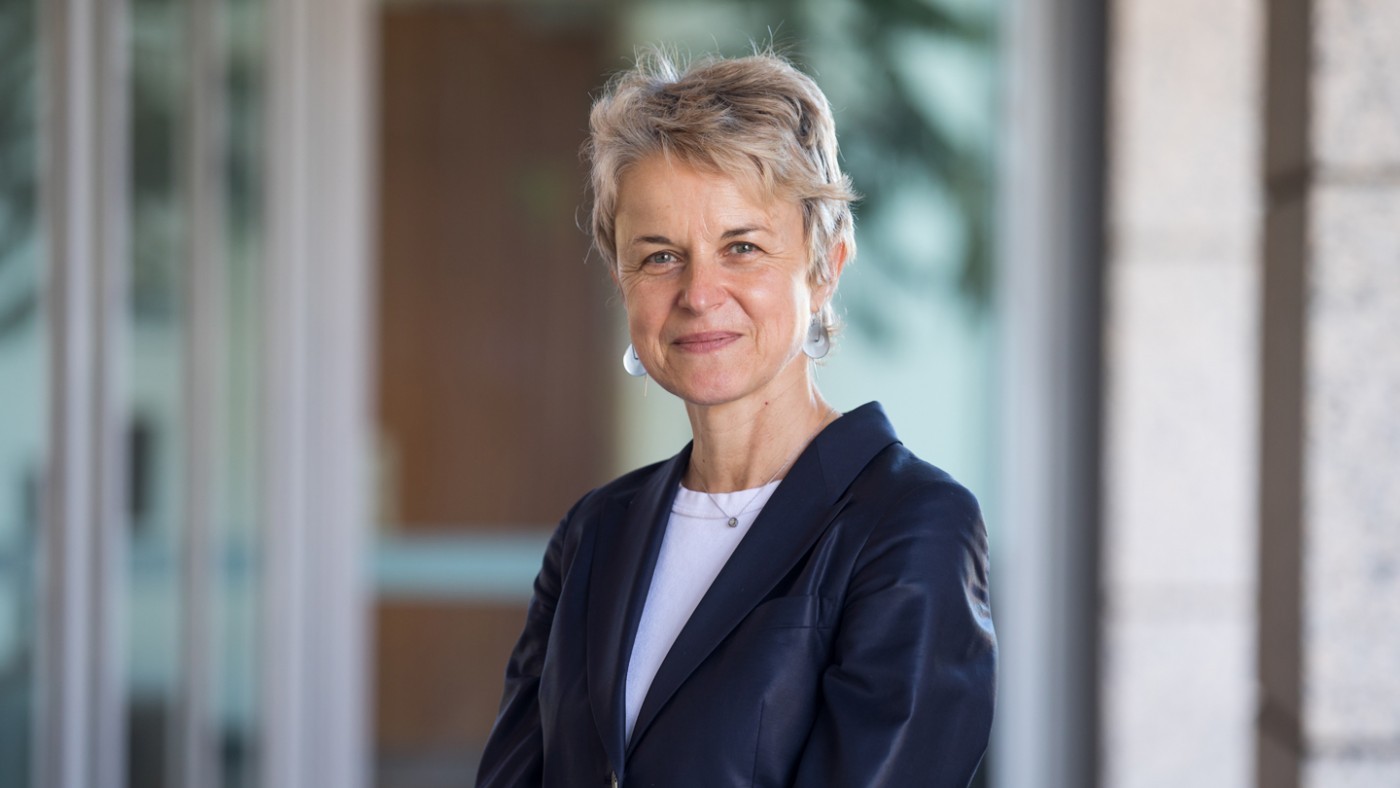
Melanie Ott, MD, PhD, started her career as a neurologist amidst the AIDS crisis in the early 1990s.
The sudden emergence—and extremely rapid spread—of COVID-19 is an important reminder of the devastating impact that a single pathogen can have on the human body, and on society.
Despite recent global outbreaks of other viruses, such as MERS, Ebola, and Zika, we were not adequately prepared to address this pandemic. For the most part, we have felt helpless, watching from the sidelines as the virus infects our loved ones, claims lives, and destroys families.
This is all too familiar to Melanie Ott, MD, PhD, who started her career as a neurologist amidst the AIDS crisis in the early 1990s.
“I was working at a university hospital in Frankfurt, Germany, during the height of the epidemic,” says Ott, senior vice president of Gladstone Institutes. “Ninety percent of my patients had AIDS and were dying. It was a very difficult time because we knew so little about the disease.”
Since that time, Ott has worked tirelessly to better understand viruses and find ways to prevent them from causing such harm. Last month, she was selected to lead the new Gladstone Institute of Virology.
“We must be better equipped to effectively tackle emerging viruses,” says Ott, who is also a senior investigator at Gladstone, as well as a professor in the Department of Medicine at UC San Francisco. “We need to study the current coronavirus while also searching for novel therapies against future infectious diseases. That’s my goal for this new institute.”
From AIDS to COVID-19
Just as Ott herself, the Gladstone Institute of Virology can trace back its roots to the AIDS crisis.
In fact, it is an evolution of the former Gladstone Institute of Virology and Immunology, which was established by Warner Greene, MD, PhD, nearly 30 years ago and was instrumental in transforming HIV/AIDS from a deadly disease to a manageable, chronic condition.
Ott joined Greene’s institute in 2002, shortly after transitioning her career from neurology to basic virology research. She has since worked on understanding how viruses, including HIV and hepatitis C, hijack human cells in an effort to stop them from spreading throughout the body. Earlier this year, she pivoted once again, quickly refocusing her lab to study SARS-CoV-2, the virus that causes COVID-19.
“Melanie has shown outstanding leadership over the years, and especially while spearheading our response to COVID-19,” says Deepak Srivastava, MD, president of Gladstone Institutes. “She is a remarkable scientist and we’re honored that she will lead our new Institute of Virology.”
Ott and her colleagues intend to bring the same urgency felt during the AIDS crisis to develop rapid diagnostic, prevention, and treatment strategies for COVID-19.
For instance, Ott is working with Jennifer Doudna, PhD, senior investigator at Gladstone and professor at UC Berkeley, to develop a CRISPR-based diagnostic test for COVID-19. Along with UC Berkeley Bioengineer Daniel Fletcher, they are using smartphone technology to design a test that does not rely on traditional labs and that could, as a result, be deployed in remote communities throughout the world and serve to fight future pandemics.
At the same time, some scientists, including Greene and Gladstone Visiting Scientist Nadia Roan, PhD, will continue their work to conquer HIV latency, often described as the last obstacle to a cure.
“We need to do everything we can to help overcome the challenge posed by COVID-19 and future coronavirus outbreaks, while also finishing what we started by finding a definitive cure for HIV,” Ott says. “However, in general terms, the new institute will be virus agnostic—we want to make discoveries that can be applied to treat several pathogens.”
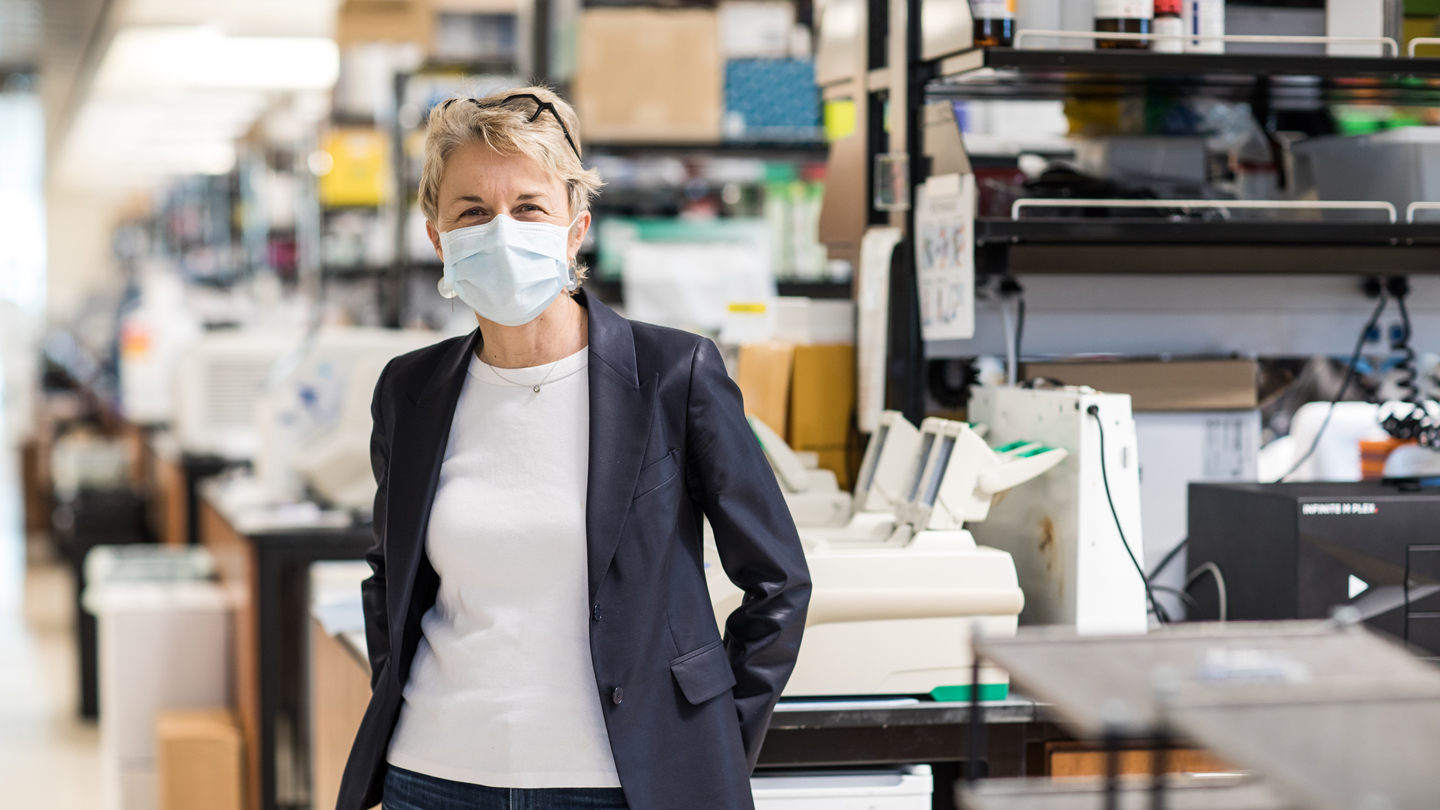
Ott joined Gladstone in 2002.
As a result, scientists in the Gladstone Institute of Virology will take a broad interest in how viruses interact with human cells. By unraveling this complicated network of interactions, they can identify commonalities between multiple pathogens that could be targeted to either block vital mechanisms for viruses or strengthen our cells’ own defense.
“Using our deep knowledge and expertise at Gladstone, we can glean valuable insights by looking at viruses as an entity,” adds Ott. “Not only can we pinpoint critical pathways that can be used to develop therapies, but we can also compare these pathways across different viruses to find strategies that are going to be effective against new and emerging diseases.”
Exploring Both Sides of the Virology Equation
Most available antiviral drugs are designed to disable one specific part of a virus. Yet, in the same way that pathogens can outwit our body’s defense mechanisms, they can quickly evolve to circumvent these drugs.
This ability to adapt allows viruses to develop resistance to treatment, which is why it often takes more than one drug to treat a single viral infection. The same is true for drugs against bacteria, where the increased resistance to antibiotics is projected to become truly problematic within the next decade.
“Viruses depend on their interaction with a host cell to survive, yet we tend to forget there are two sides to this equation,” says Ott. “With the Gladstone Institute of Virology, we want to take a different approach by looking for the human proteins required for the virus to replicate, rather than targeting the virus itself.”
Ott and her close collaborator Nevan Krogran, PhD, have already started systematically analyzing interactions between viruses and human host cells, and discovered that many pathogens depend on the same pathways to function and replicate. The researchers are building a comprehensive catalog to identify commonly hijacked host proteins across multiple diseases—such as influenza, HIV, tuberculosis, hepatitis C, and Zika virus—which could be leveraged for therapies.
“By focusing on host proteins, we could possibly develop pan-antivirals: a single drug that would treat multiple types of infectious diseases,” explains Ott. “And, because human cells cannot evolve as quickly as viruses, we would likely prevent the development of drug resistance.”
All this, however, doesn’t mean that Ott intends to ignore the virus side of the equation. “We’re also very interested in using viruses as therapeutics,” she adds.
The first strategy, led by Senior Investigator Leor Weinberger, PhD, is to use the virus’s tricks against it. To do so, he is engineering therapeutic interfering particles, or TIPs. These particles hijack the virus’s circuitry and convert infected cells from virus-producing factories into therapy-producing factories.
“It’s important to rely on collaboration to move science forward.”
Another approach will be to exploit phages, which are viruses that infect bacteria. With a growing understanding of the microbiome, phages could be used to treat bacterial infections, providing a much-needed alternative to antibiotics without the concern for drug resistance.
“By combining these various tactics, we could finally have an arsenal of drugs that would be effective against multiples pathogens,” Ott says. “We could also have a much better handle on emerging infections, because we wouldn’t have to wait until we knew all the pathogen’s characteristics before being able to plan our defense against it.”
In addition to the team already at Gladstone, Ott intends to fully leverage—and build upon—the strong ties that she and her colleagues have with the virology, immunology, and microbiome communities throughout San Francisco. This includes valuable partnerships with the Quantitative Biosciences Institute and the Institute for Global Health Sciences at UC San Francisco, as well as the Chan Zuckerberg Biohub.
“I’m very proud of the distinguished group of scientists at Gladstone and, through our unique approach and infrastructure, I have no doubt we will remain the hub of virology research in the Bay Area,” says Ott. “But it’s also important for us to maintain our strong connections with neighboring institutions to ensure we maximize our impact.”
Now more than ever, Ott adds, “It’s important to rely on collaboration to move science forward.”
“In times like these, when everything counts and anything you can contribute is important because so little is known, we must share information and resources,” she explains. “I’ve been truly impressed to see how all our partners have stepped up to provide whatever they had to help further research on COVID-19.”
Ultimately, Ott’s objective is to be better prepared for a future outbreak.
“We didn’t take this virus as seriously as we should have, because we thought it might not be as bad as some projected,” Ott says. “But we will be looking at future emerging viruses with totally different eyes, and with a complete readiness to jump into extreme measures. When the next coronavirus is at our doorstep, we’ll be ready.”
Support Our COVID-19 Research Efforts
Gladstone scientists are moving quickly to respond to the coronavirus outbreak. Help us end this pandemic.
From Mentorship to Legacy: Creating Opportunity for Early Career Scientists
From Mentorship to Legacy: Creating Opportunity for Early Career Scientists
Robert and Linda Mahley’s commitment to trainee development continues through Gladstone’s annual Career Advancement Awards.
Graduate Students and Postdocs HistoryGladstone Mourns the Loss of Founding Trustee Richard D. Jones
Gladstone Mourns the Loss of Founding Trustee Richard D. Jones
Jones lent Gladstone his time and expertise for nearly 50 years.
History Institutional NewsRemembering Bill Rutter, a Biotech Visionary and Champion of Gladstone
Remembering Bill Rutter, a Biotech Visionary and Champion of Gladstone
William J. Rutter, PhD, was a pioneering force in biomedicine whose vision shaped San Francisco’s Mission Bay neighborhood into a hub for innovation and discovery.
History Profile

